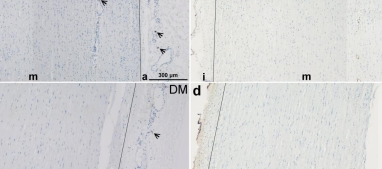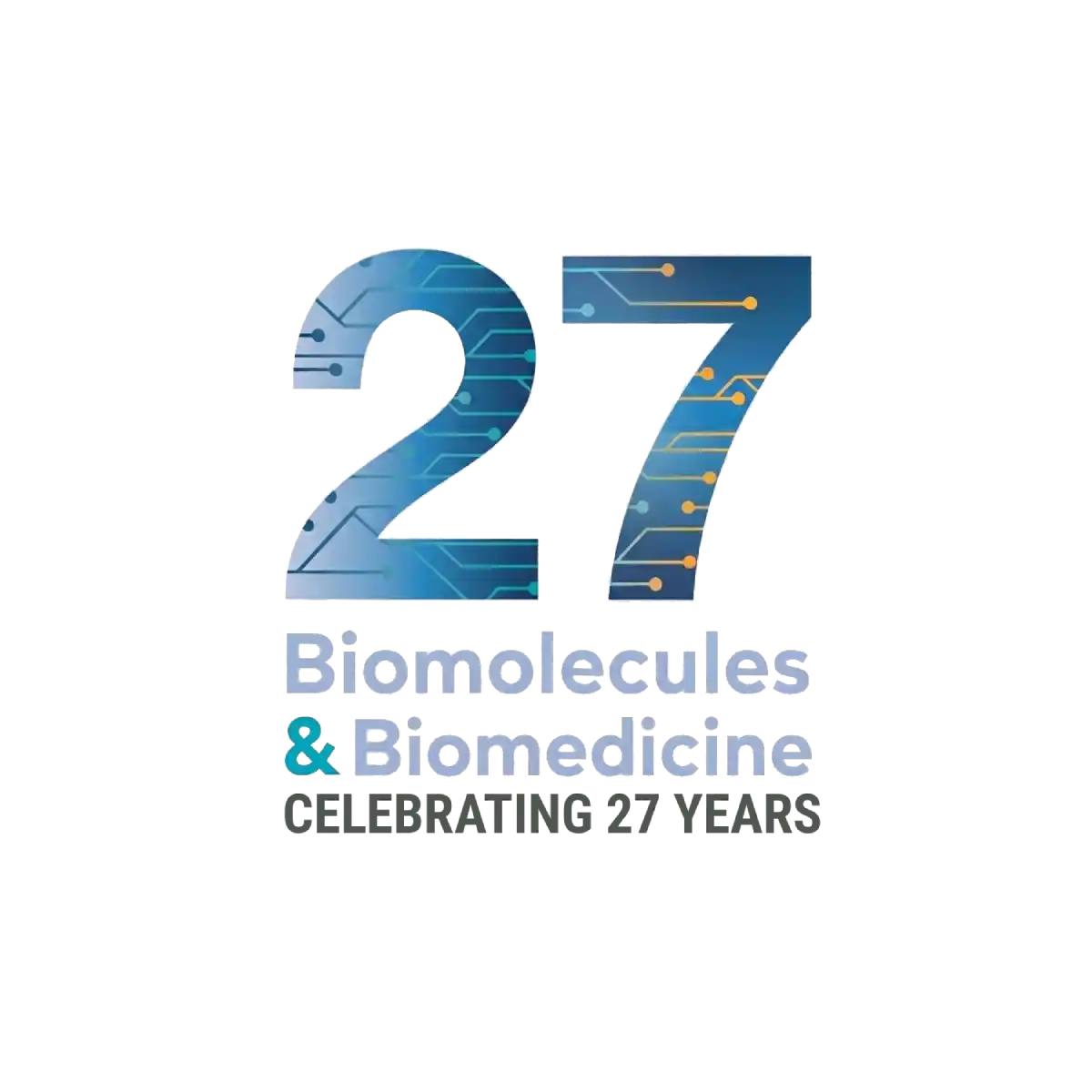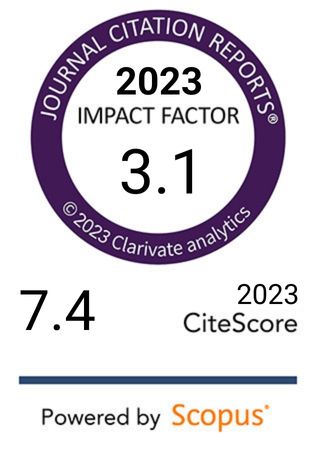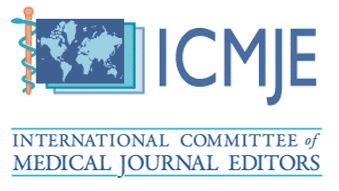Diabetes-induced redistribution of mast cells to the adventitia in ascending aortic aneurysms
DOI:
https://doi.org/10.17305/bb.2025.12772Keywords:
Mast cells, MCs, vascularity, type 2 diabetes, DM, arterial hypertension, AH, ascending aortic aneurysmAbstract
Mast cells (MCs) are inflammatory cells that reside mainly in the intima of healthy and early- atherosclerotic abdominal aortas but migrate to the adventitia in advanced atherosclerosis and abdominal aortic aneurysms. We compared MC infiltration in the intima, media, and adventitia of ascending aortic aneurysms from patients with diabetes mellitus (DM) or arterial hypertension (AH). Fifty-one patients (36–81 years) undergoing surgical repair were enrolled and allocated to a DM group without AH (n = 9) or an AH group without DM (n = 42). Aortic specimens were stained with hematoxylin–eosin and immunohistochemically labeled with anti-CD117 to detect MCs and anti-vWF to visualize blood vessels. Compared with the AH group, the DM group had fewer MCs in the intima and more in the adventitia (Mann–Whitney test, p < 0.05). In both groups, intact MCs outnumbered degranulated MCs in the adventitia, whereas no such difference was observed in the intima or media (p < 0.05). Medial vascular density did not differ between groups (p < 0.05). In the AH group, medial vascularization correlated positively with intact, degranulated, and total MC counts, whereas in the DM group it correlated only with degranulated MCs (Spearman, p < 0.05). These findings suggest that DM-associated aneurysms exhibit a distinct MC distribution and vascular response, indicating a pathogenesis that differs from that of AH-associated aneurysms.
Citations
Downloads

Downloads
Published
Issue
Section
Categories
License
Copyright (c) 2025 Aleš Pleskovič, Ruda Zorc-Pleskovič, Marjeta Zorc, Aleksandra Milutinović

This work is licensed under a Creative Commons Attribution 4.0 International License.









